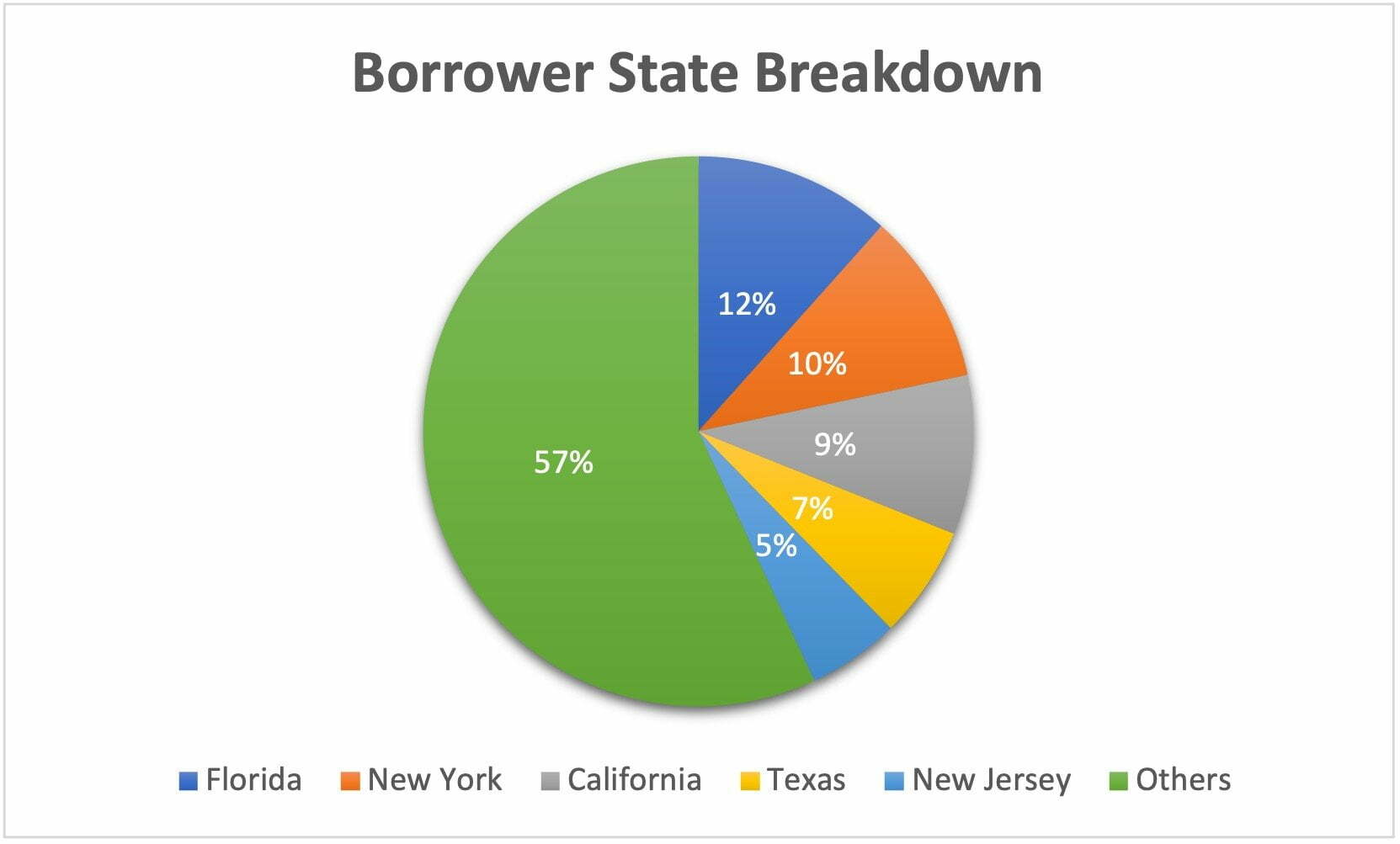Having a good knowledge of what’s happening in the business world can let you manage the affairs of your own business in a better manner. Statistics present information in a raw and unfiltered way, free from bias.
You can learn a lot through these business statistics for the year 2021. You can create a successful business strategy only with the help of statistics that describe the current scenario of the business. So, let us dive straight into the numbers.
Table of Contents
Statistics for the business sector

We would be looking at the US as a sample to gain an overview of the small business sector. The US has one of the best small business sectors globally.
Let us have a view of the demographics to understand the flourishing small business sector.
- Of every 10 companies, 9 out of them are small and medium enterprises (SMEs). They are responsible for catering to around 70% of the world’s employees. They contribute around 50 percent of the world’s gross domestic product (GDP) for developed countries.
- We have an estimate that there are close to 445 million micro, small and medium enterprises in markets of the developing nations.
- For companies in the European Union, 99% of them are small and medium enterprises.
- If we look at the data of exporters from the US, we find that 285,334 are SMEs. Out of all exporters, 97.5% of them are small businesses.
- For the year 2020, we have approximately 31.7 million small companies in the United States, and this represents 99.99% of the total companies in the country.
- Small firms have 60.6 million workers on their payroll, which covers almost 47% of the total working population in the US.
- Almost 90 percent of the total companies in the United States lie in the category of micro-businesses which implies the company does not have more than 20 employees.
- 27% of the small businesses have a woman founder, and 73% of companies are led by men.
- 44 percent of small businesses are run by people belonging to the age group of 39-54 years or Gen Xers. 41 percent of small businesses have founders having aged in the range 55-73 years or baby boomers. The remaining 12% of the SMEs are run by millennials, i.e., the age range of 23-38 years.
- 31% of the small companies are founded by people with associate degrees, and 30% of companies are run by high school graduates. Some founders have doctorate degrees too; however, only 4% of business owners have a doctorate.
- The most popular small business sectors are business and retail services. When combined, these two make up 13% of the total number of small companies. The next in line are contracting and construction that contributes 12 percent to the pie. The other two sectors in the top five are the commercial service industries and the food and residential industries. They account for 9 percent of all small companies.
These statistics represent the ongoing situation. However, the business world is changing constantly, and old and new players are taking their place. We observed that middle-aged entrepreneurs are more in number; however, this might change later. It is predicted that Generation Z will be the leader soon. The majority of businesses will have generation Z’s at their helm soon. There are emerging startups too that have made their presence felt in all sectors. However, the majority of the startups are concentrated in the IT industry. Most companies have their hands full with IT services and app development.
Business size statistics
- At the end of 2020, the United States had close to 31.7 million SMEs.
- Although the number of employees depends on the type of company, it was seen that small businesses employ roughly 250 to 1,000 people on average.
- Out of the total 31.7 million businesses that we mentioned above, 3.7 million out of them are micro-businesses that have only 1 to 9 employees.
- Small companies create close to 1.5 million jobs every year, and in the US, they have a share of 64% when it comes to creating new jobs.
- The world has around 682 million entrepreneurs who are building businesses.
- There are 15 million Americans that work full-time on their business.
- In terms of commercial space, small companies take up 30 to 50 percent of it. If we measure it, it approximately comes out to be 20 to 34 billion square feet.
- If we look at the growth, small businesses have doubled in number since the year 1982.
Business finance statistics

Small businesses might find it difficult to manage finances and taxes. Especially, startup owners themselves have to handle the accounting operations and prepare tax reports along with looking after administrative and operational functions. This is because they do not have many resources and do not have many employees. They have to struggle for funds and focus on profit maximization at the same time.
5 out of 10 businesses shut down only due to financial crises. We have provided some reasons why small businesses face financial challenges in their functioning:
- The average expenditure that occurs while setting up a micro-business comes about to be $3,000. However, home-based businesses take up approximately somewhere between $2,000 to $5,000 as their starting costs.
- To build a new retail business, the average cost is a whopping $32,000. But we found out that 42 percent of retail store founders managed to start their business with only $5,000. For construction businesses, the average starting cost is $14,000, but some already have the resources and tools. For them, it could cost less than $5,000. A food business takes up a lot of capital to start and costs $125,000 on average. However, if you are thinking of starting a restaurant franchise, the average cost of the same is only $25,000.
- Most of the SME financing is done through cash only. 37% of the business founders used it in 2020 to finance their company. 13% of the businesses were dependent on Rollovers for starting their company, and their line of credit was around 12 percent. Only one-tenth of the owners took help from family and friends. Last year, this number was 22 percent more.
- 28 percent of the small business owners lamented that their biggest hurdle was cash flow.
- Only one-third of small companies have hired an external accountant. It was discovered that business owners trust their accountants the most and consider them their best advisors.
- Small businesses took loans of $107,000 on average in the year 2020.
- The average SME owner took home a salary of $66,373.
- More than 80 percent of SME owners have a yearly pay of less than $100,000. 30% of the owners do not take any salary from their business.
- The tax rate for SMEs was computed to be 19.8 percent. Different companies have to pay different taxes according to their entities. For example, sole proprietorships have to shell out a tax rate of 13.3 percent. Small partnerships have a tax liability of 23.6 percent in comparison.
- Half of the companies manage to stay in the game for five years or more, while around one-third of them function for a minimum of ten years.
Small businesses fail for a variety of reasons. Apart from poor financial management, the market and business conditions can also affect the playing field. If the conditions are right, small businesses can prosper. A small study was done on the topic of business optimism. Its findings revealed that most of the businesses were satisfied with the profits they made in the preceding year. They also had high hopes for the upcoming financial year owing to the hustling economic environment.
Statistics of social media for business

- Close to 85 percent of SMEs take the help of Facebook to advertise and consider it their top social media platform.
- Small companies that do not have more than 10,000 followers on Facebook and post on their pages more than 60 times per month receive 60% fewer clicks per post than companies that publish a maximum of five posts in a month. So, in this scenario, less is better than more.
- Almost seventy-five percent of small businesses have invested in social media marketing in one form or the other.
- By the year 2019, the investments in social media by SMEs had increased by 63 percent.
- Around 60 percent of people come across new products on Instagram, a social media platform.
- 130 million social media users view shopping posts only to learn and gain knowledge about the new products every month.
- Out of all the views stories on Instagram, approximately one-third of them are from businesses.
Consumer preferences for small businesses
- For the year 2020, almost half of the consumers expressed their interest in small businesses and said they would prefer to make purchases at a small business if the circumstances permit them to do so.
- 53 percent of consumers felt spending money at small businesses allows them to help their communities and give them back their warmth. They seem to have found some sort of purpose while going on a normal shopping trip when they shop exclusively at micro and small businesses.
- Now, let us come to the reason why many people pick small businesses over their larger counterparts. 48 percent of customers felt that they can purchase high-quality items at small stores. 43 percent of people received personalized service, which made them go back to the small store.
Conclusion
Businesses and especially small businesses may have taken a hit due to the pandemic, but they are bouncing back at an excellent rate. As more people feel burdened by the strictness of a job, they are focusing their efforts on building a business. As a result, we are witnessing a rise in small companies. People feel much more comfortable and settled in their businesses than they do while working under someone else. Do read our article on Market Size statistics to understand the market better, before launching your business!






